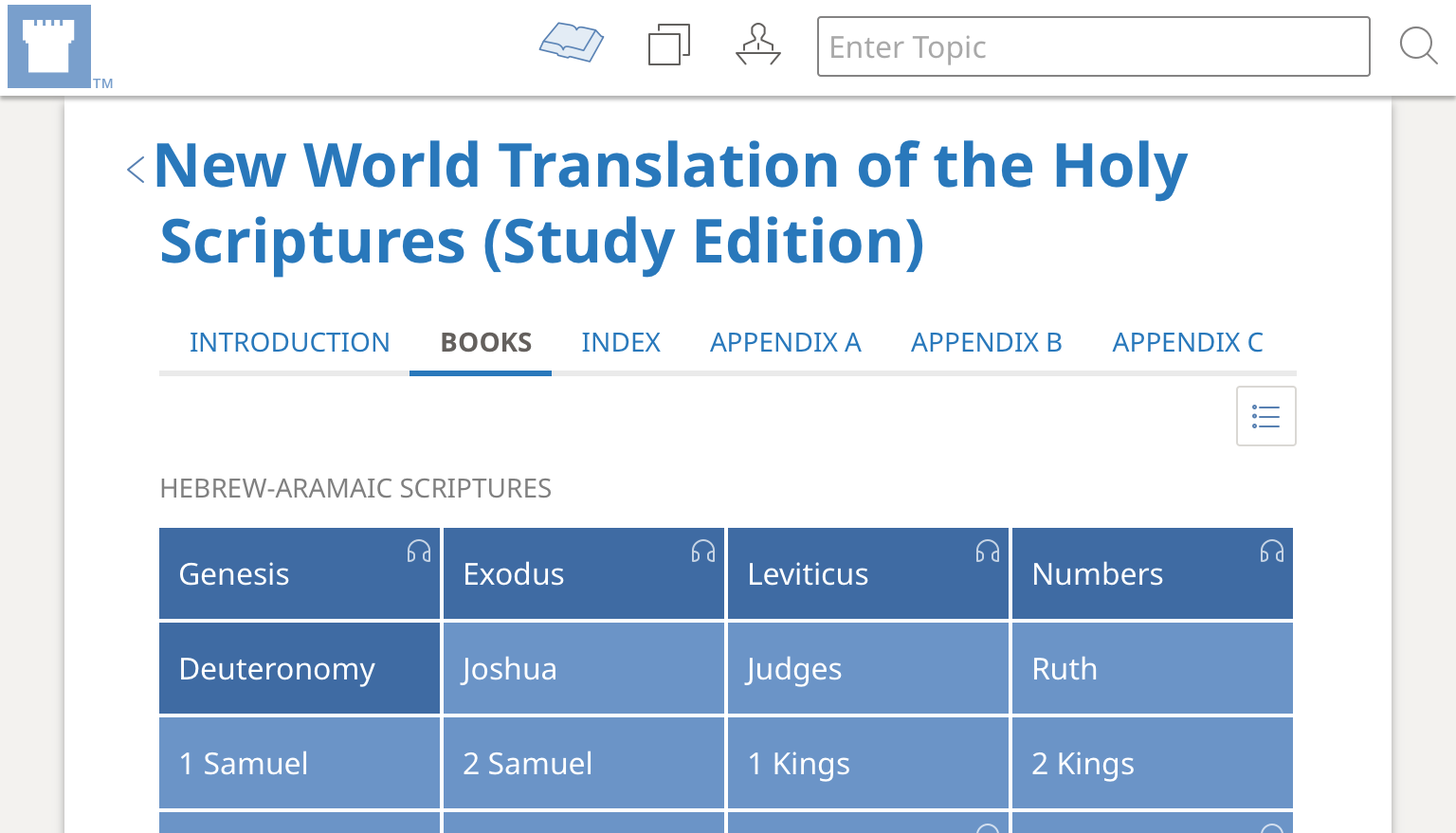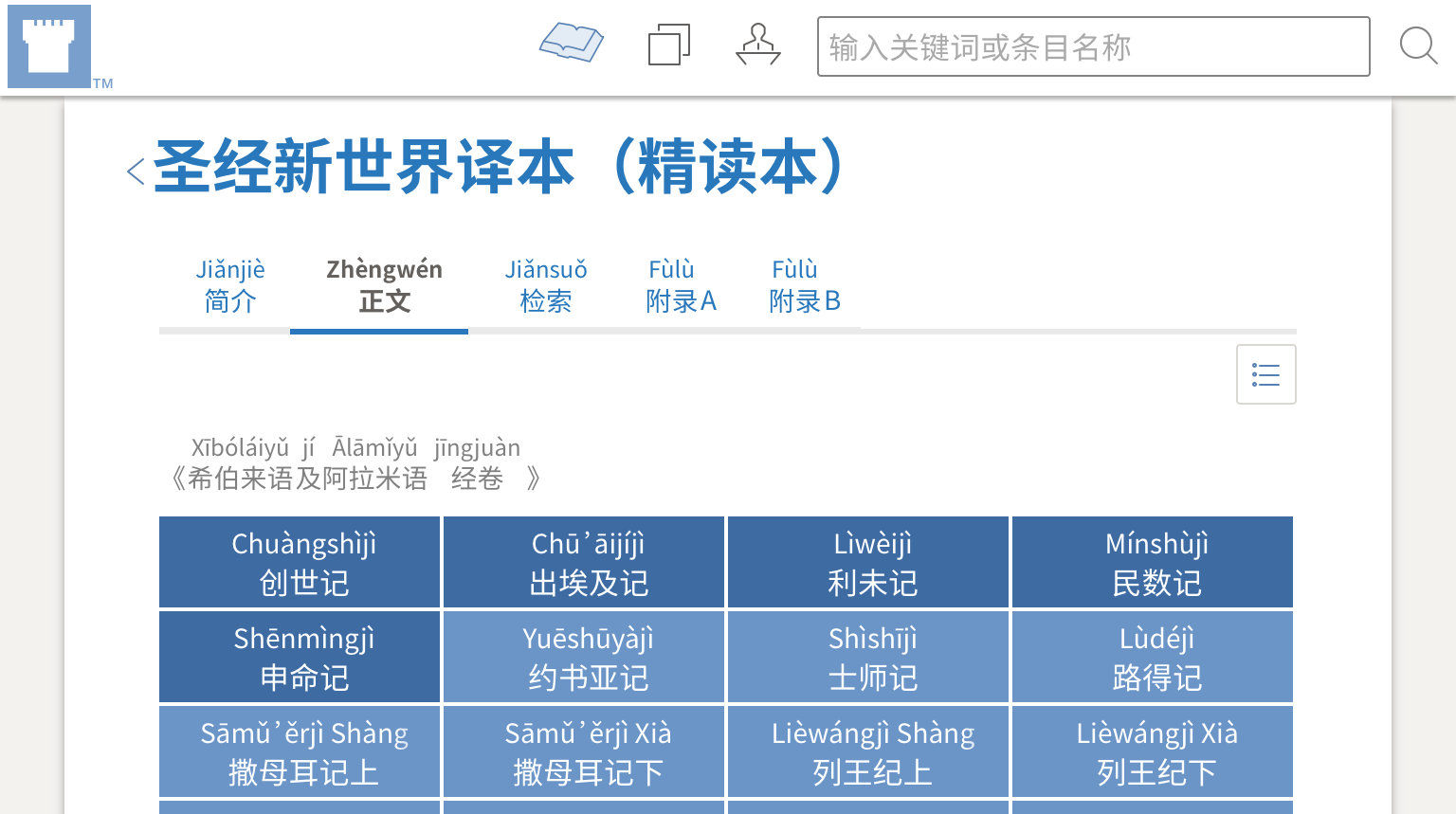shùdòng (shù·dòng tree · hole → [tree hollow] 树洞 樹洞) ← Tap/click to show/hide the “flashcard”
Romans 12:15 tells Christian ministers:
Rejoice with those who rejoice; weep with those who weep.
Also, at 1 Corinthians 9:22, the apostle Paul wrote:
To the weak I became weak, in order to gain the weak. I have become all things to people of all sorts, so that I might by all possible means save some.
Ones who grew up exposed to Western culture may find it challenging to understand and relate to people in the Mandarin field, whether householders or publishers, who grew up marinated in Eastern culture. One area in which this is especially true is the expressing or sharing of personal feelings.
Comparing Eastern culture to Western culture, Western culture is generally more encouraging of individual development and individual expression, whereas Eastern culture in contrast encourages subordinating individual concerns to those of the group. This suppression of individual concerns can cause them to get deeply buried inside people, and at times, it goes so far that people feel the need to find unconventional outlets.
One example involves this week’s MEotW, “shùdòng (shù·dòng tree · hole → [tree hollow] 树洞 樹洞)”, which means “tree hollow’. The Wikipedia entry for the Chinese movie In the Mood for Love provides this summary of what one of the movie’s characters said about this:
While dining with a friend, Chow relays a story about how in older times, when a person had a secret that could not be shared, he would instead go atop a mountain, make a hollow in a tree, whisper the secret into that hollow and cover it with mud.
A Modern, Digital Version
As our world has become more digitized and people spend more time on the Internet, some relatively obscure corners of it have come to be used by Chinese people as cyber tree hollows. One article in the magazine The World of Chinese discusses a couple of examples:
Mocha Official, an obscure video blogger with just 200 followers on Bilibili, will never know that his homepage has become a sanctuary for the internet’s depressed and lonely. Since the 19-year-old was found dead in his rental home on January 19, his videos—which used to only attract comments in the single digits—have been flooded with over six million danmu (弹幕, “bullet screen”) messages that flash across the screen in real time, offering condolence and sympathy to the vlogger who can no longer see them.
…
Viewers’ debates eventually turned to how Mocha’s life and death changed their own attitudes to life. Bilibili has preserved Mocha’s content in a “memorial account,” and it has since then become a “tree hollow (树洞),” a term for spaces on the internet where users can make digital pilgrimages to confess their secrets.
…the preserved accounts of the dead often attract netizens moved by the life or death of their owner, or else simply wishing to confide in a listener who will always be there and never betray them. The Weibo page of Dr. Li Wenliang, the Wuhan ophthalmologist who died from Covid-19 in February 2020 and was named a national martyr, is now one of the most frequented “tree hollows” in the Chinese cyberspace.
The article goes on to quote one professor’s explanation of this phenomenon:
“Leaving a message in an anonymous cyber place has a special effect, especially for patients with mental illnesses, who always feel a strong stigma around their disease. People want to confess their private feelings, and cyber tree hollows can fulfill their requirements,” Huang Zhisheng, a professor of computer science at the Free University Amsterdam, tells TWOC. “It’s nice to feel as if someone is listening.”
Listening and Understanding
Indeed, many Chinese people could really benefit from having someone to listen to them, someone to talk to. That emphasizes why it’s especially important for those of us serving in the Chinese fields to apply the scriptures cited at the beginning of this post. A couple of other relevant scriptures are:
The thoughts of a man’s heart are like deep waters,
But the discerning man draws them out.
—Proverbs 20:5Know this, my beloved brothers: Everyone must be quick to listen, slow to speak, slow to anger,
—James 1:19
Of course, to be able to listen with understanding, and to eventually speak understandably and helpfully, a basic requirement is that we need to become sufficiently proficient with the speech of those we want to help in the Mandarin field—it’s not enough just to be able to mentally recognize a bunch of Chinese characters. As 1 Corinthians 14:8–11 says:
8 For if the trumpet sounds an indistinct call, who will get ready for battle? 9 In the same way, unless you with the tongue use speech that is easily understood, how will anyone know what is being said? You will, in fact, be speaking into the air. 10 It may be that there are many kinds of speech in the world, and yet no kind is without meaning. 11 For if I do not understand the sense of the speech, I will be a foreigner to the one speaking, and the one speaking will be a foreigner to me.
Perhaps it’s true that it’s best to use Chinese characters in some situations, such as when texting or emailing is the best or only communication method available. However, generally, it’s better to talk to someone than to write to someone, if possible, especially when discussing personal matters.
By all means, let us do what it takes to help honest-hearted ones in the Mandarin field who have been “skinned and thrown about like sheep without a shepherd”, so that they can benefit from the love and care provided by Jehovah and his universal family. Let us not keep on being ‘foreigners’ to such ones.—Matthew 9:36.


